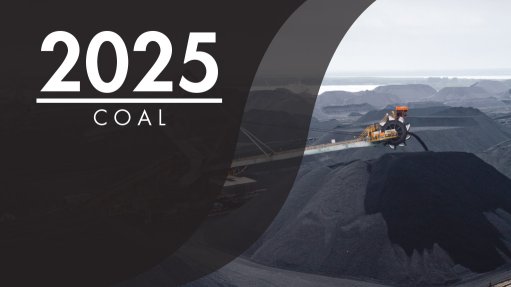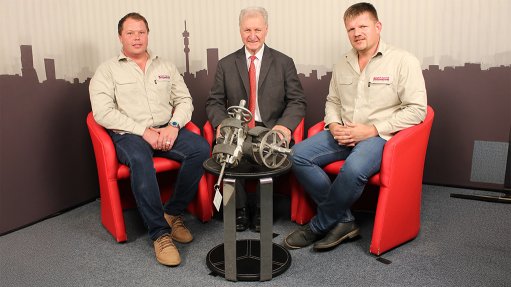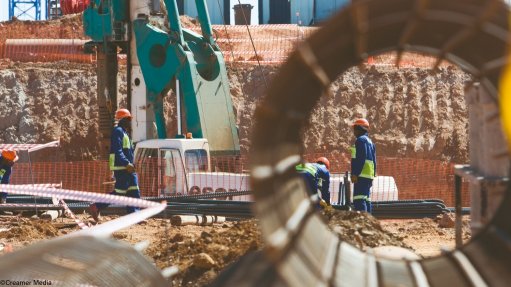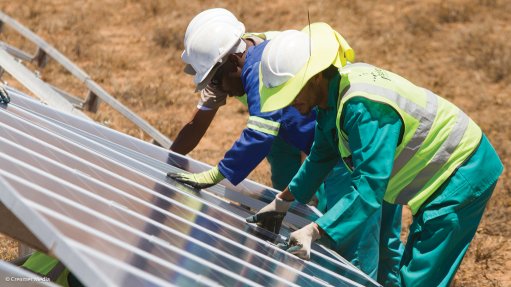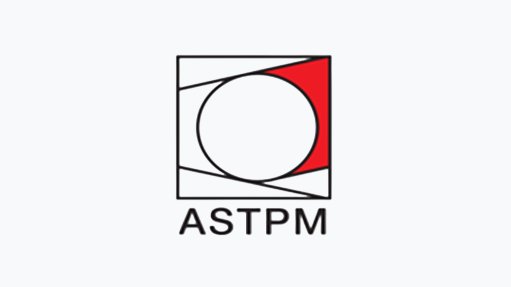Platinum-based fuel cells key for heavy-haul industry – WPIC
The World Platinum Investment Council (WPIC) reports that interest in using hydrogen fuel cells in the heavy-haul industry is growing rapidly, with several interesting developments currently under way.
Platinum-based, proton exchange membrane (PEM) hydrogen fuel cells provide zero-emissions electric-driven mobility in fuel cell electric vehicles (FCEVs).
When fuelled by green hydrogen – made using renewable energy in the electrolysis process – they offer emissions-free transport and their application has the potential to assist with the decarbonisation of many industries, from transportation to construction, mining and beyond, the WPIC states.
The council points out that engineering and technology company Bosch, which supplies PEM fuel cells, expects that, by 2030, about one in eight newly registered commercial vehicles globally will be powered by a fuel cell, equivalent to an estimated 660 000 heavy-duty vehicles.
The WPIC explains that Bosch’s goal is for an FCEV truck to cost no more to operate than a diesel truck by that point in time.
With production on its fuel cell powertrain for trucks starting later this year, Bosch has increased investment in developing fuel cells for mobility solutions to almost €1-billion between 2021 and 2024.
The WPIC further highlights that vehicle manufacturer Volvo earlier this month unveiled its new FCEV truck. Equipped with two fuel cell stacks that have a combined capacity to generate 300 kW of electricity, the truck has a range of up to 1 000 km and a refuelling time of less than 15 minutes.
Testing on Volvo’s FCEV truck is under way, with customer pilots to follow and full commercialisation planned for the latter part of the decade, the WPIC says.
Volvo believes hydrogen-powered FCEVs are especially suitable for long distances and heavy, energy-demanding assignments characteristic of the heavy-duty vehicle segment.
The vehicle manufacturer has also started testing the world’s first PEM fuel-cell articulated dump truck. This six-wheel vehicle weighs 35 t and can be filled with 12 kg of hydrogen in 7.5 minutes, which will last for about four hours of operation.
In another first, diversified miner Anglo American earlier this year revealed the world’s largest hydrogen-powered mine haul truck, designed to operate in everyday mining conditions at its Mogalakwena platinum group metals mine in South Africa.
This FCEV is capable of generating 2 MW using multiple fuel cells to generate more power than its diesel predecessor and is capable of carrying a 290 t payload.
It is part of Anglo American’s nuGen Zero Emission Haulage Solution (ZEHS). nuGen provides a fully integrated green hydrogen system, consisting of production, fuelling and haulage components, with green hydrogen to be produced at the mine site.
Meanwhile, the WPIC notes that balancing the need to decarbonise with the economic reality that the early adoption of new technologies is expensive and takes time means a multi-pronged approach needs to be taken.
Internal combustion engine (ICE) vehicles are expected to power a significant portion of the global drive train mix well into the 2030s; however, from a platinum demand perspective, likely volume declines resulting from lower ICE production will be fully offset by tighter emissions standards and correspondingly higher platinum loadings in autocatalysts, in addition to platinum substitution for palladium.
Further, the council says that demand for platinum in hydrogen-fuelled FCEVs will add to the automotive demand for platinum from ICE vehicles, which is expected to peak in 2028.
It will then more than offset the eventual decline in ICE platinum demand, leading to sustained and significant growth in automotive demand for platinum through the 2030s.
Recent research by the WPIC highlights that supportive hydrogen policies could result in FCEV demand for platinum equalling current automotive demand by 2039, with broad-based commercial adoption of FCEVs bringing this forward to 2033, adding over three-million ounces to yearly automotive platinum demand in 11 years.
Article Enquiry
Email Article
Save Article
Feedback
To advertise email advertising@creamermedia.co.za or click here
Comments
Press Office
Announcements
What's On
Subscribe to improve your user experience...
Option 1 (equivalent of R125 a month):
Receive a weekly copy of Creamer Media's Engineering News & Mining Weekly magazine
(print copy for those in South Africa and e-magazine for those outside of South Africa)
Receive daily email newsletters
Access to full search results
Access archive of magazine back copies
Access to Projects in Progress
Access to ONE Research Report of your choice in PDF format
Option 2 (equivalent of R375 a month):
All benefits from Option 1
PLUS
Access to Creamer Media's Research Channel Africa for ALL Research Reports, in PDF format, on various industrial and mining sectors
including Electricity; Water; Energy Transition; Hydrogen; Roads, Rail and Ports; Coal; Gold; Platinum; Battery Metals; etc.
Already a subscriber?
Forgotten your password?
Receive weekly copy of Creamer Media's Engineering News & Mining Weekly magazine (print copy for those in South Africa and e-magazine for those outside of South Africa)
➕
Recieve daily email newsletters
➕
Access to full search results
➕
Access archive of magazine back copies
➕
Access to Projects in Progress
➕
Access to ONE Research Report of your choice in PDF format
RESEARCH CHANNEL AFRICA
R4500 (equivalent of R375 a month)
SUBSCRIBEAll benefits from Option 1
➕
Access to Creamer Media's Research Channel Africa for ALL Research Reports on various industrial and mining sectors, in PDF format, including on:
Electricity
➕
Water
➕
Energy Transition
➕
Hydrogen
➕
Roads, Rail and Ports
➕
Coal
➕
Gold
➕
Platinum
➕
Battery Metals
➕
etc.
Receive all benefits from Option 1 or Option 2 delivered to numerous people at your company
➕
Multiple User names and Passwords for simultaneous log-ins
➕
Intranet integration access to all in your organisation




